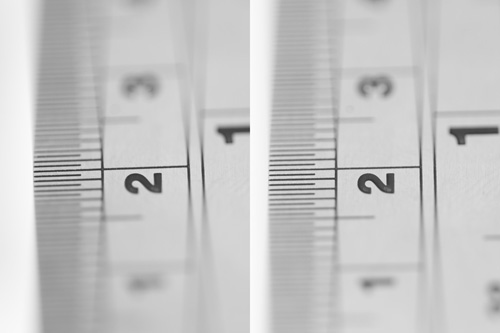

I started with all prime lenses, as they were optically superior during that time. So the astronomy situation is more analogous to forced-perspective illusions that people use sometimes, like taking a photo of a person in the foreground to make them look the same size as a statue in the background, or to make it look like a person in the foreground is going to smash a tiny person with their fingers.My lens assortment has grown and evolved throughout my career. If you see two stars on the sky, one could easily be a thousand times further away if it’s a brighter star. In general, the situation with astrophysics is the exact opposite of that you describe here: the distances between stars are absolutely massive.

Often the apparent size is measured indirectly by looking at the combination of how far away it is, how bright it is, and what its temperature is. For most stars, it’s even difficult for large telescopes to measure relative sizes directly. These objects often do have very different apparent sizes as viewed from Earth (they can differ by more than a factor of 1,000 for stars visible to the unaided eye), but you need magnification, sometimes to extreme levels, to get any hint of the size differences. The last comment about stars isn’t quite right: most objects in the night sky are too small for the unaided eye to resolve at all, so they all look like points. The objects your seeing are vastly different in size and even shape but they’re all so very far away that their relative sizes are often hard to distinguish. The stars in the night sky have a similar effect. At nearly 30 feet apart they’re not even close enough for a casual conversation but relative to the extreme distance of the photographer, they’re actually pretty close, and their sizes relative to each other will not be that extreme for that same reason.

The photographer might be 400 m away from them and the players are 10 m away from each other. This is also why sports photography, especially sports videography, tends to have that strange effect where two players are actually a fair distance from each other but they seem to be standing right next to each other. Shooting from far away with a telephoto lens tends to flatten subjects out and make them look heavier. Especially for female clients, this generally results in their curves overlapping in more flattering ways. Getting closer to the subject causes their body parts to overlap more. This is why when I do shoots for people who are self-conscious about their weight I tend to use a lens with a shorter focal length and wider field of view because it forces me to get closer to them. You can test this out yourself, simply look at a person while standing very close and then look at them from far away there’s no real trickery here, the same thing happens with your eyes (you just can’t freeze the moment in time and review it later). The result is that the nose gets less distorted and the subject flattens out quite a bit. At that distance, the subject’s shoulders are no longer 3-4 times farther from you than his nose both his nose and shoulders are about the same distance from you. It’s just like using a forced perspective technique by taking a picture of an arm where the fingers are right up near the lens but the person is standing in front of the lens his fingers might occupy the same amount of space as his head!Īs you physically move backwards, the relative distance of those features to each other doesn’t change but their relative distance to the camera does! Using a 200 mm lens you might need to be standing back a good 20 feet to get a picture like this (just estimating). If you’re only standing 9 inches away from the man, his nose will be very close to you and his shoulders might be 3-4 times farther away from you than his nose his nose will look quite a bit larger. How is that significant? Because the closer you are to the subject, the more substantial the distance between his features are. The longer focal lengths actually have a more narrow field of view and so in order for the subject to appear to occupy the same space, the photographer must move back (otherwise you’d get the effect of “zooming in”). The reason the subject is occupying the same amount of space on the frame is because each time a longer focal length is used, the photographer is physically moving the camera farther away from the subject. These are cool images but I think it’s worth putting some effort to explain exactly what’s going on here.


 0 kommentar(er)
0 kommentar(er)
